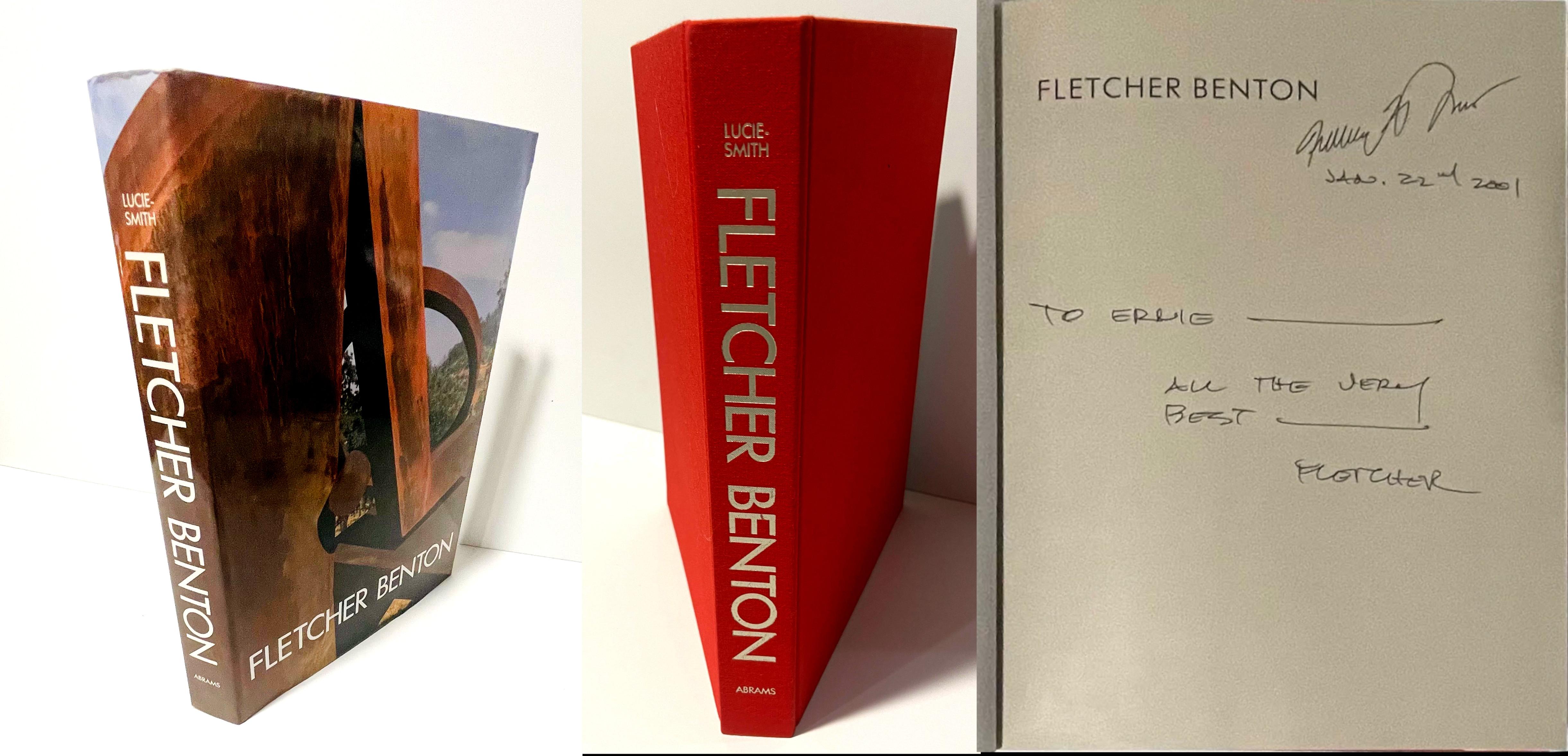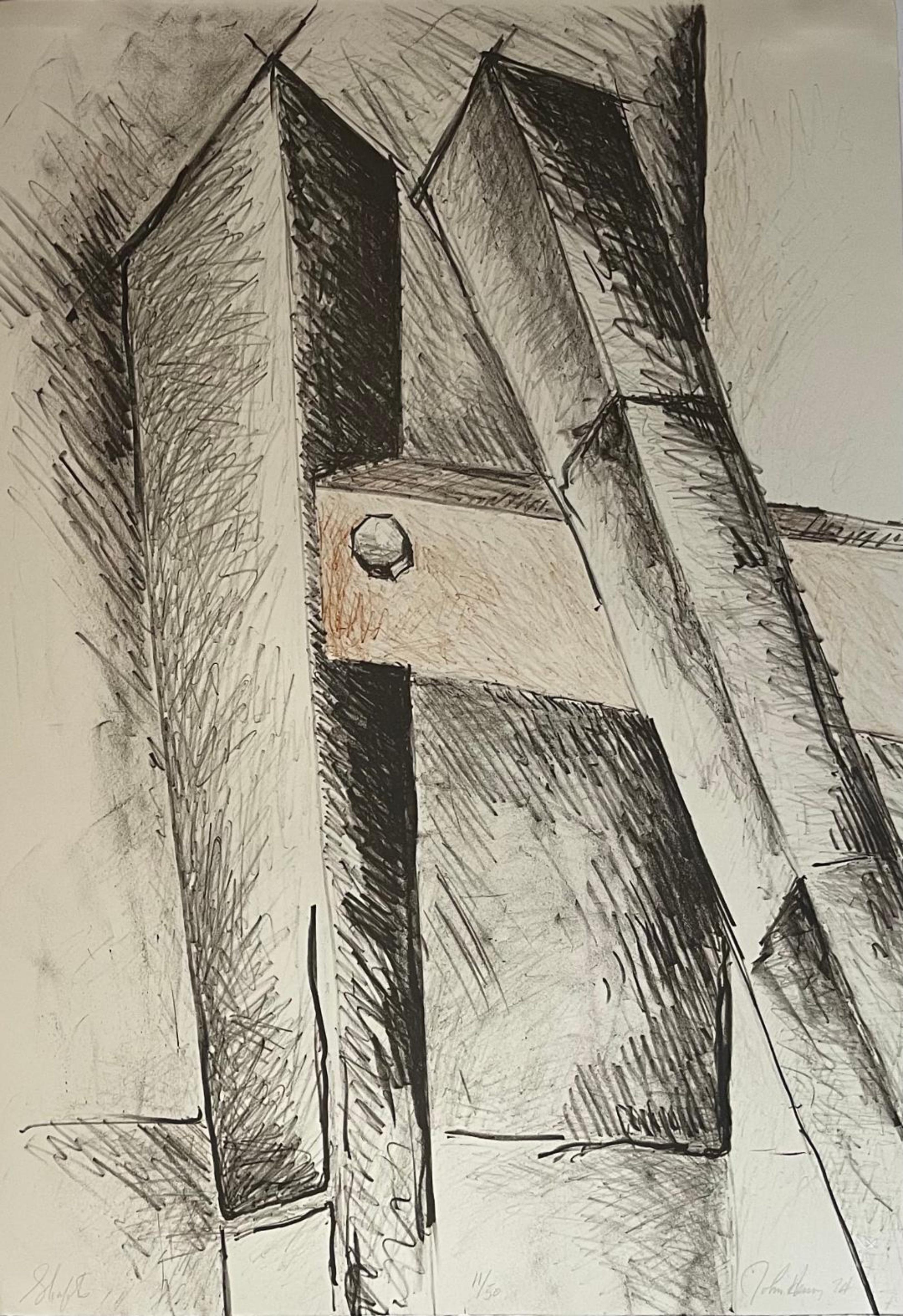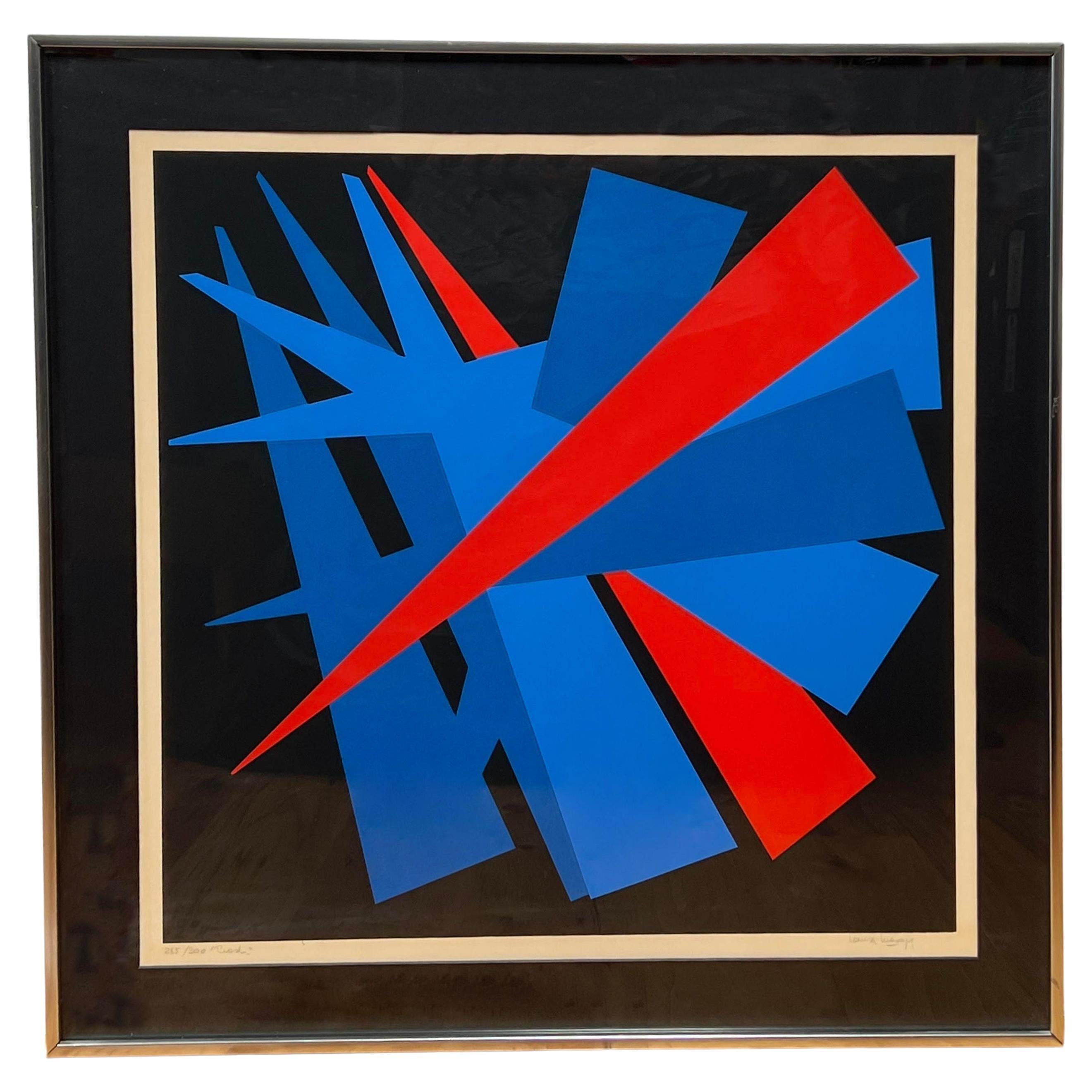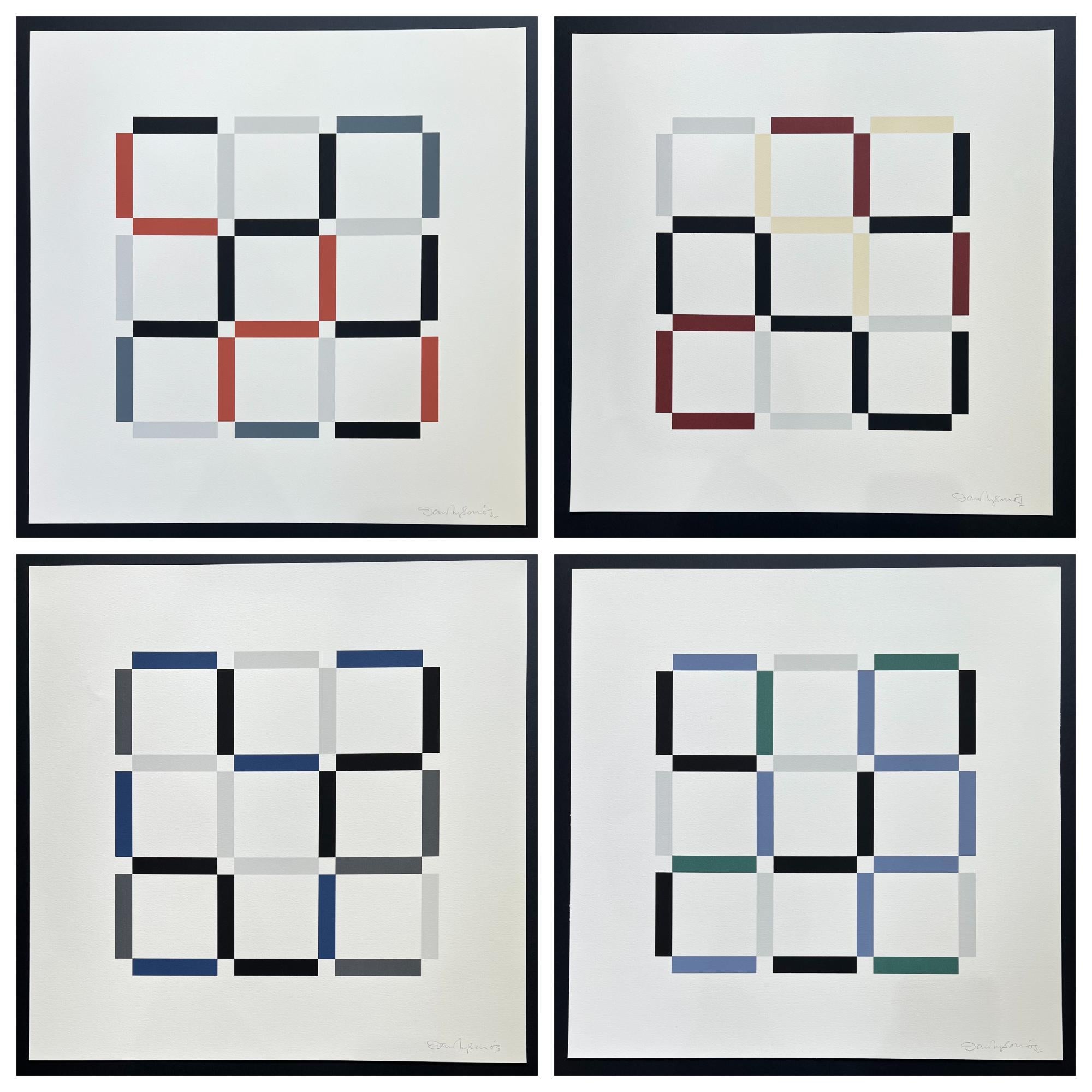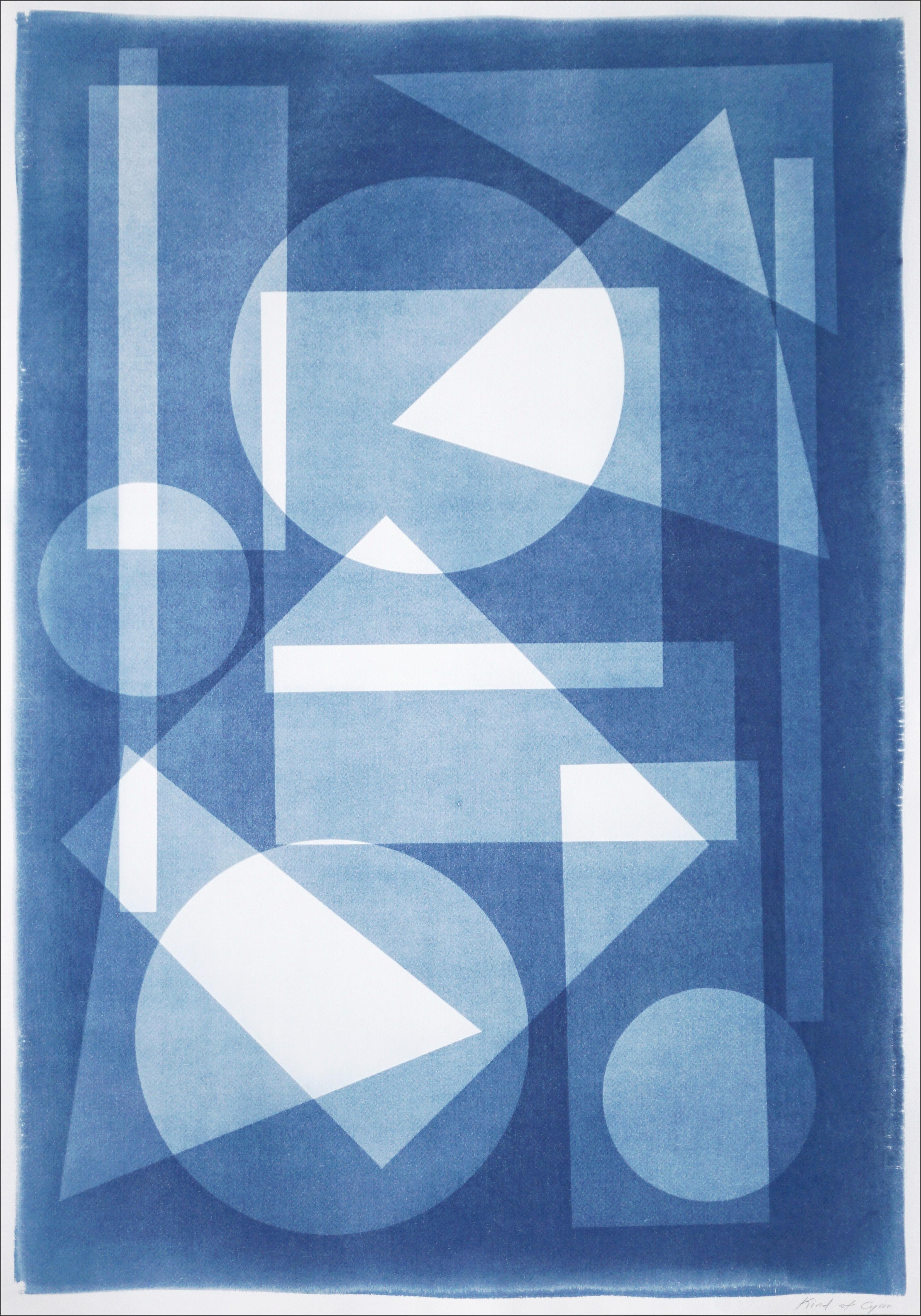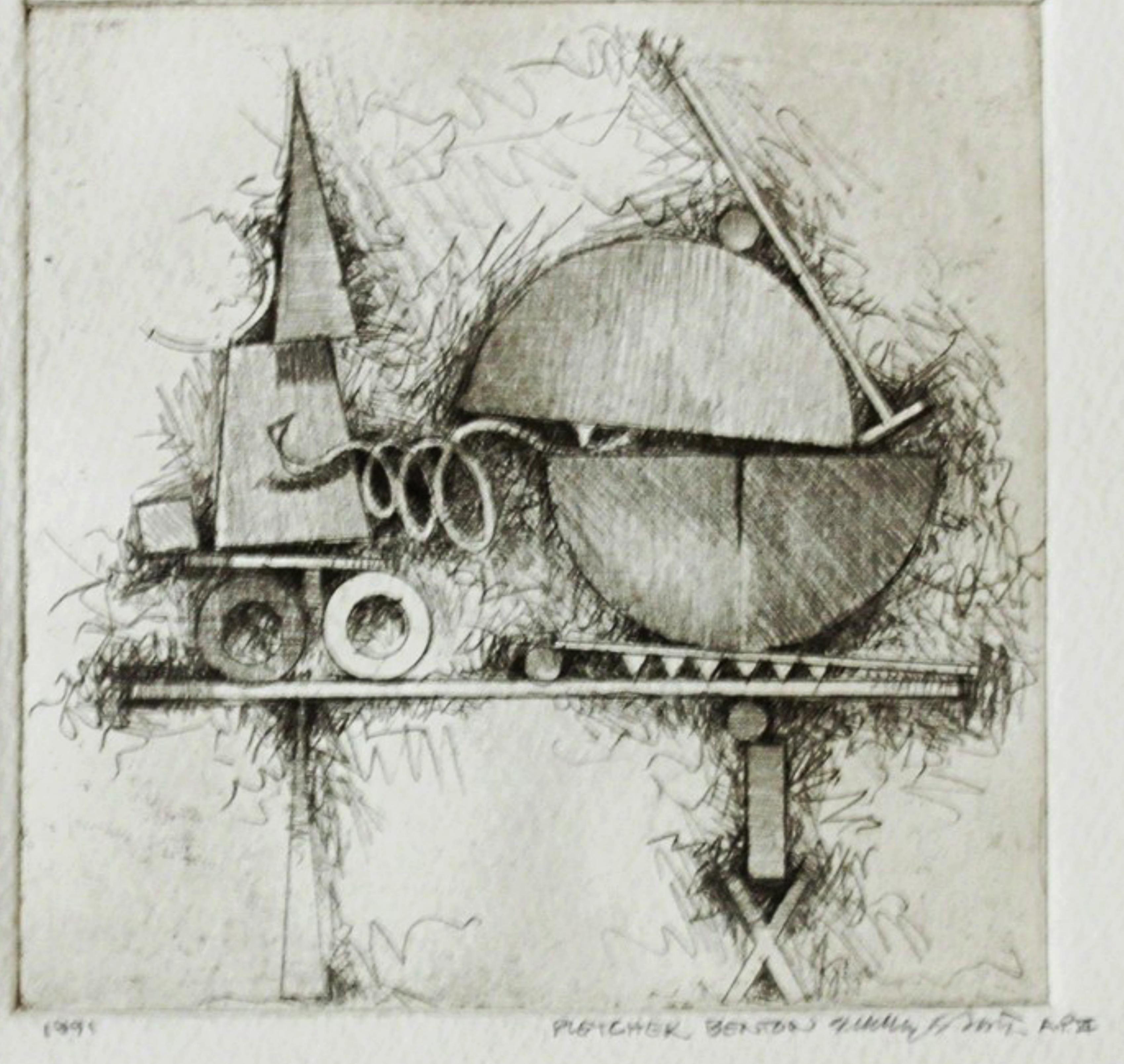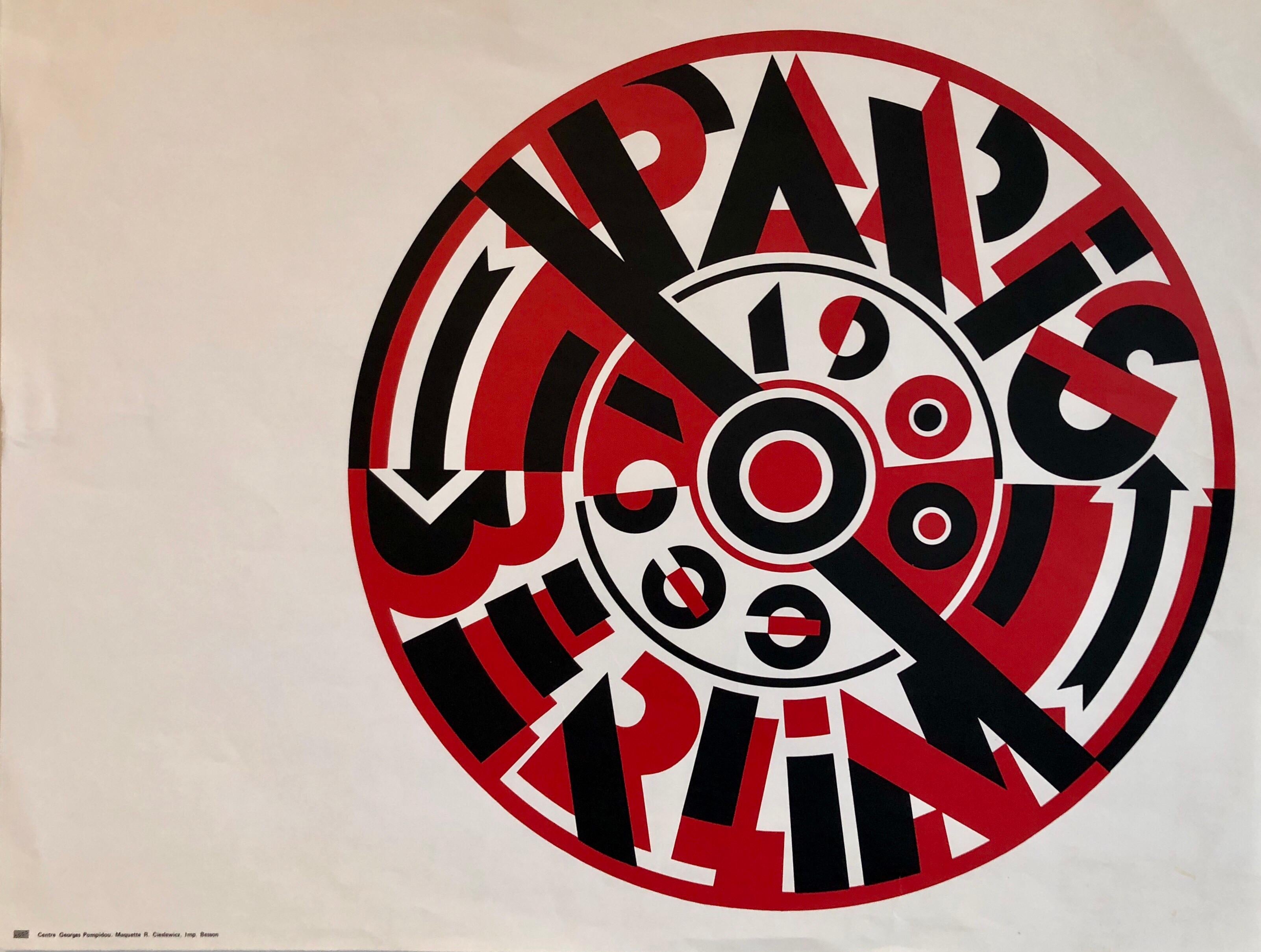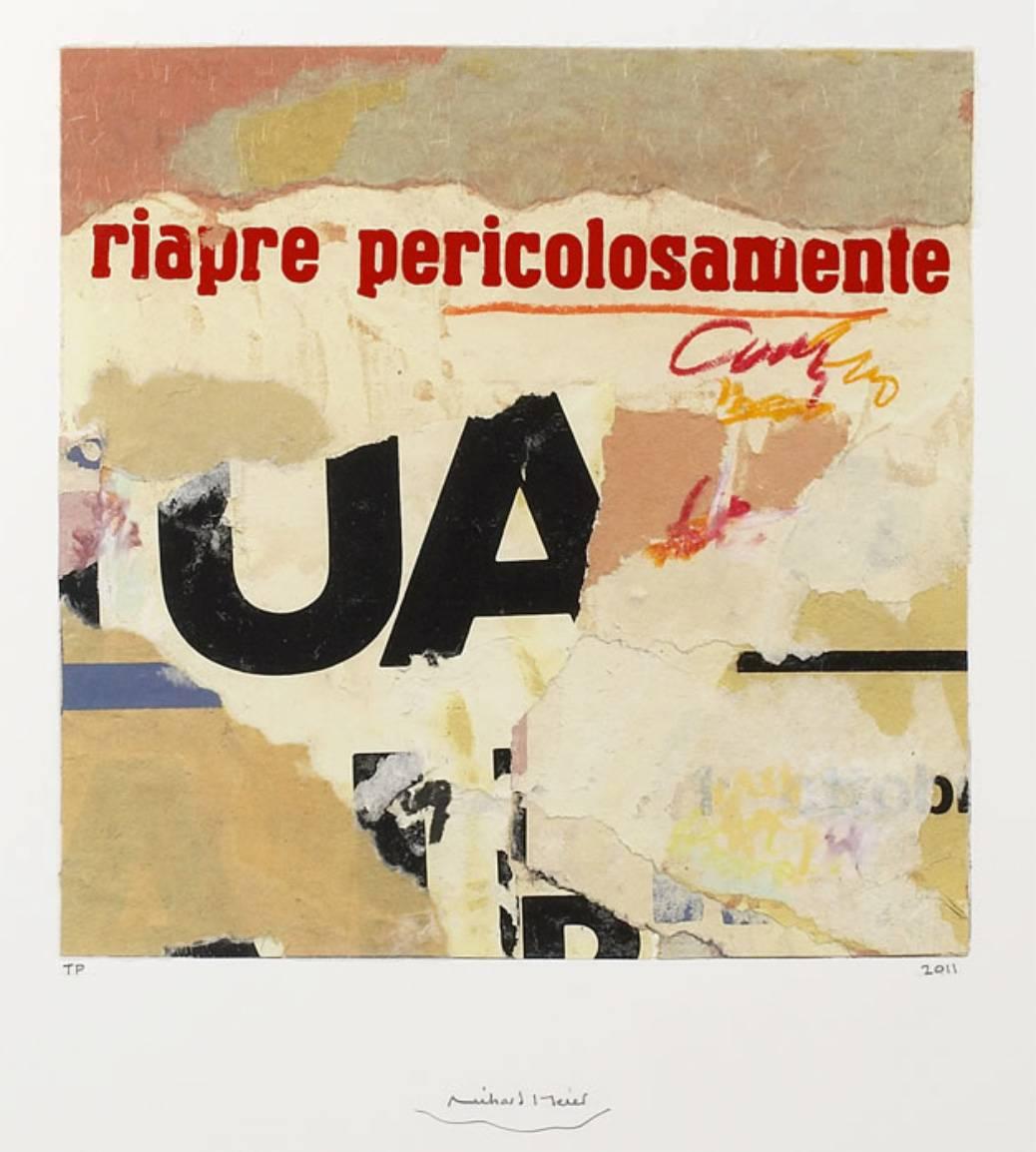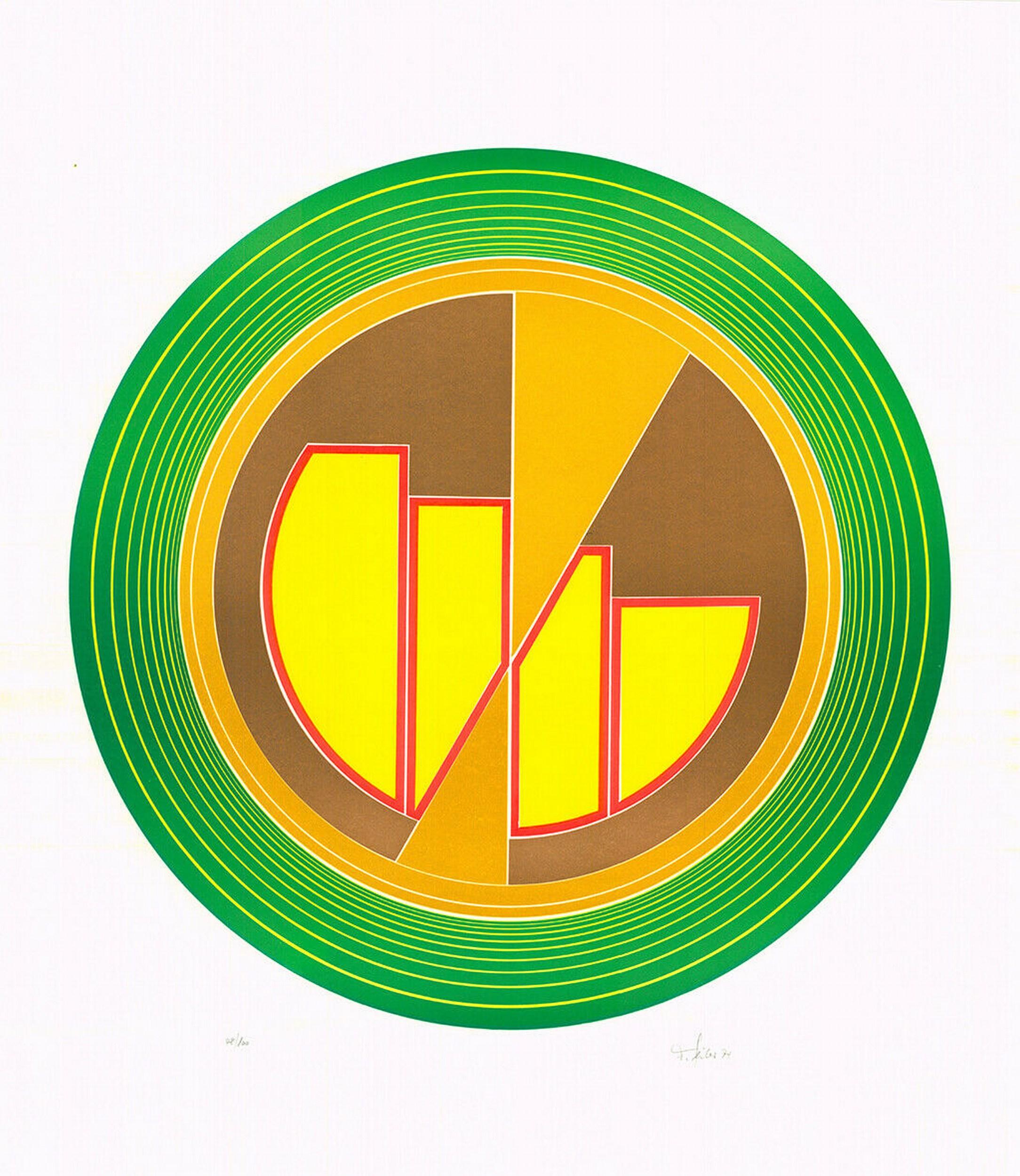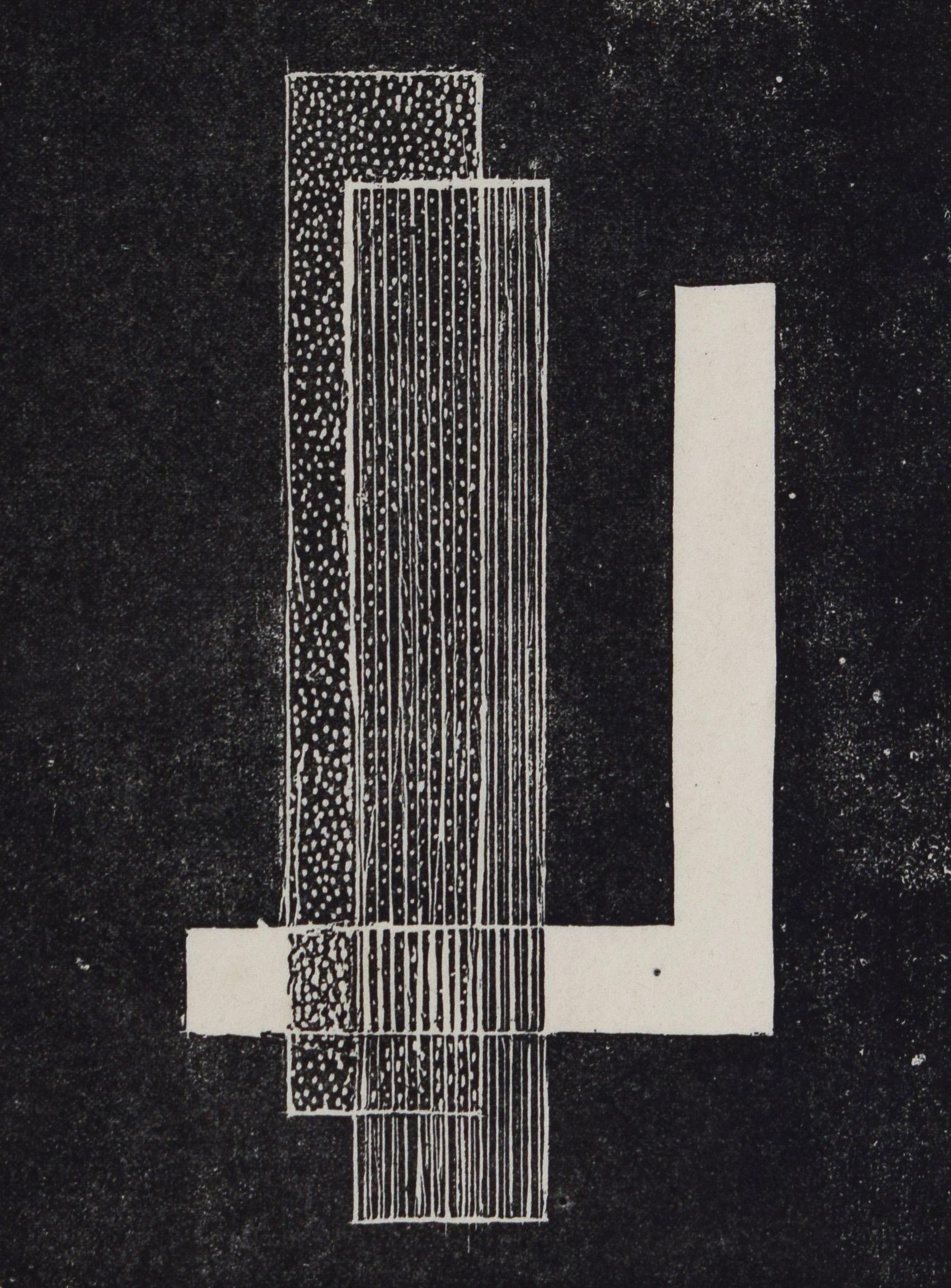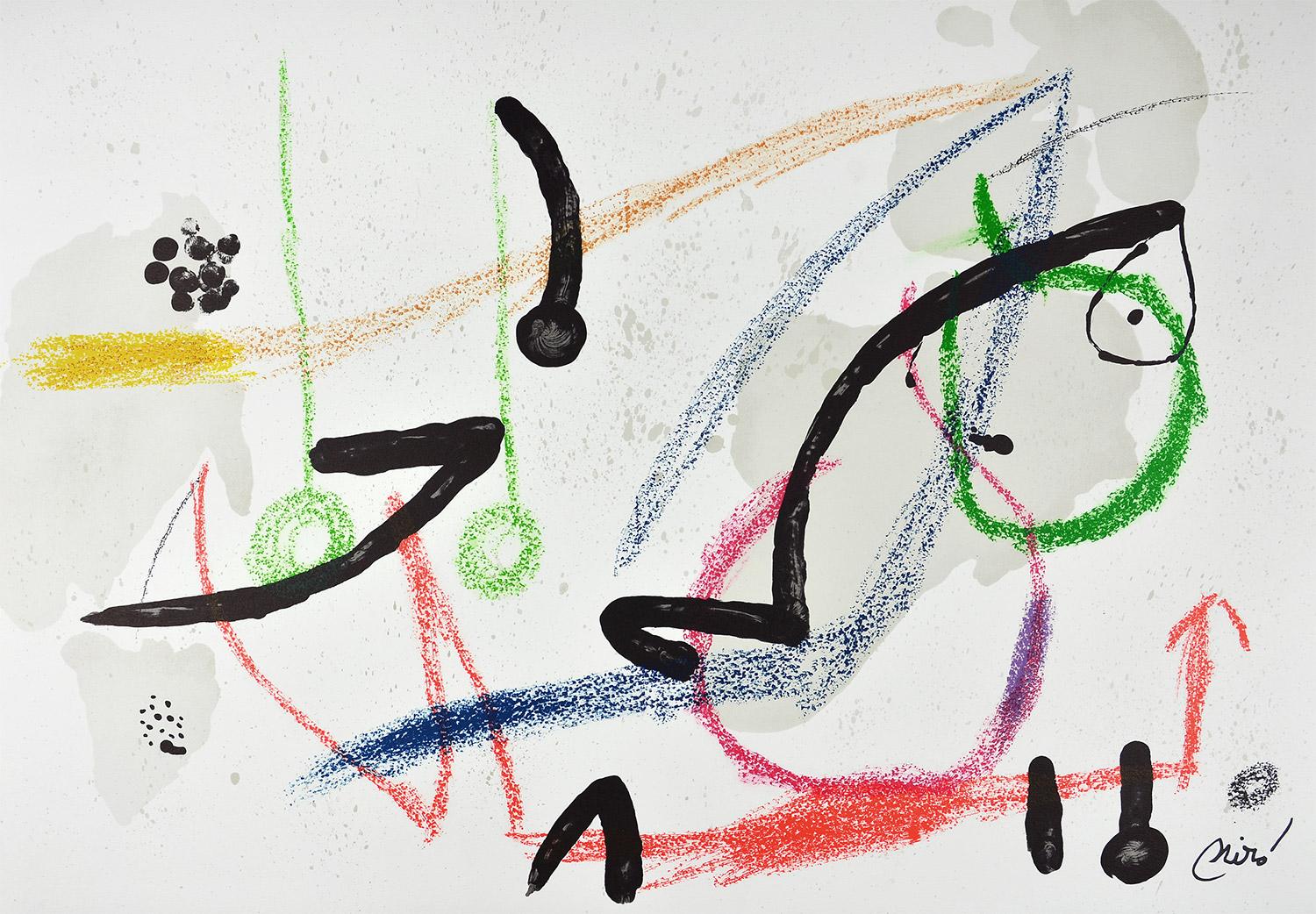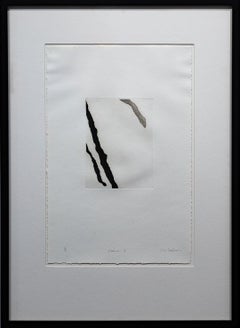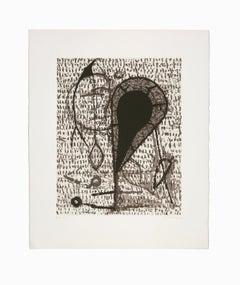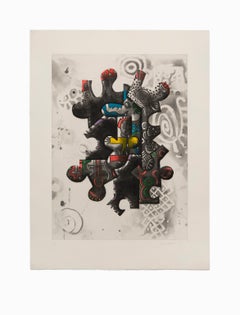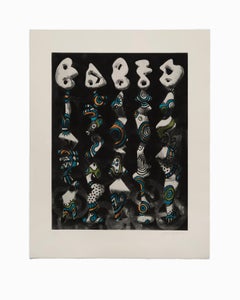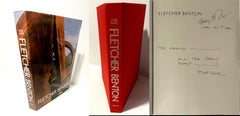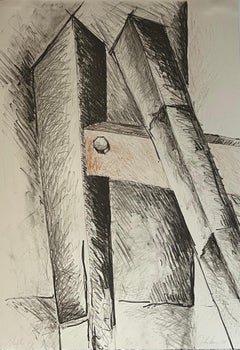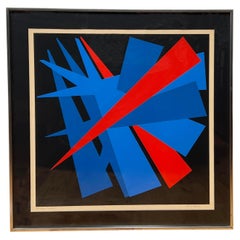
"Portfolio IV" 5 prints in Series, Dutch Constructivist, Geometric Red & Blue
View Similar Items
Want more images or videos?
Request additional images or videos from the seller
1 of 15
Bob Bonies"Portfolio IV" 5 prints in Series, Dutch Constructivist, Geometric Red & Blue1969
1969
Price:$2,163.67
$2,925List Price
About the Item
- Creator:Bob Bonies (1937, Dutch)
- Creation Year:1969
- Dimensions:Height: 27.5 in (69.85 cm)Width: 27.5 in (69.85 cm)
- Medium:
- Movement & Style:
- Period:
- Condition:
- Gallery Location:Detroit, MI
- Reference Number:1stDibs: LU128618020172
About the Seller
5.0
Vetted Professional Seller
Every seller passes strict standards for authenticity and reliability
Established in 2014
1stDibs seller since 2019
108 sales on 1stDibs
Typical response time: 1 to 2 days
Authenticity Guarantee
In the unlikely event there’s an issue with an item’s authenticity, contact us within 1 year for a full refund. DetailsMoney-Back Guarantee
If your item is not as described, is damaged in transit, or does not arrive, contact us within 7 days for a full refund. Details24-Hour Cancellation
You have a 24-hour grace period in which to reconsider your purchase, with no questions asked.Vetted Professional Sellers
Our world-class sellers must adhere to strict standards for service and quality, maintaining the integrity of our listings.Price-Match Guarantee
If you find that a seller listed the same item for a lower price elsewhere, we’ll match it.Trusted Global Delivery
Our best-in-class carrier network provides specialized shipping options worldwide, including custom delivery.More From This Seller
View AllDouglas Semivan Abstract Modern "Receiver I" Signed and Numbered
By Douglas Semivan
Located in Detroit, MI
"Receiver I" is an abstract print of three diagonally placed lines. It is reminiscent of an early work by Georgia O'Keeffe, "Blue Lines X" in that both artists, Semivan and O'Keeffe, have achieved a beauty in the placement, width of, length and juxtapositions of simple lines to achieve a never ending balance and harmony for the viewer.
Born in Detroit, Michigan, Douglas Semivan...
Category
Late 20th Century American Modern Abstract Prints
Materials
Paper, Lithograph
"Untitled I", Abstract Etching and Aquatint Lithograph, Signed and Numbered
By Bert Yarborough
Located in Detroit, MI
"Untitled I" is a work that displays Bert Yarborough's experimentation with emotion and monotype in his abstract and expressive style. This print made ...
Category
1990s Abstract Prints
Materials
Etching, Aquatint, Lithograph, Monotype
"Untitled II", Abstract Aquatint Color Etching Lithograph, Signed and Numbered
Located in Detroit, MI
"Untitled II" is a work that displays James Hansen's intense colors and shapes of his abstract and surrealist style. This print made with etching and aquatints with hand-coloring on Arches paper pops with the illusion of three dimensions set against a muted background of esoteric shapes and symbols. The print is 32-3/4 x 26 inches and is signed and numbered from an edition of 30 by the artist. Numbered edition may not necessarily be number 28 as there are multiple prints in the possession of Collected Detroit.
James Hansen was born in 1951 in New Haven, Connecticut and spent most of his artistic career in Provincetown, Massachusetts where he befriended and worked with Paul Bowen, Claude Simard...
Category
1990s Abstract Prints
Materials
Etching, Aquatint, Lithograph
"Untitled I", Abstract Aquatint Color Etching Lithograph, Signed and Numbered
Located in Detroit, MI
"Untitled I" is a work that displays James Hansen's intense colors and shapes of his abstract and surrealist style. This print made with etching and aquatints with hand-coloring on Arches paper pops with the illusion of three dimensions set against a muted background of esoteric shapes and symbols. The print is 32-3/4 x 25-3/4 inches and is signed and numbered from an edition of 30 by the artist. Numbered edition may not necessarily be number 12 as there are multiple prints in the possession of Collected Detroit.
James Hansen was born in 1951 in New Haven, Connecticut and spent most of his artistic career in Provincetown, Massachusetts where he befriended and worked with Paul Bowen, Claude Simard...
Category
1990s Abstract Prints
Materials
Etching, Aquatint, Lithograph
"Untitled II", Abstract Etching and Aquatint Lithograph, Signed and Numbered
By Bert Yarborough
Located in Detroit, MI
"Untitled II" is a work that displays Bert Yarborough's experimentation with emotion and monotype in his abstract and expressive style. This print made...
Category
1990s Abstract Prints
Materials
Etching, Aquatint, Lithograph, Monotype
"Travelers", Abstract Drypoint Etching and Aquatint, Numbered and Signed
By Richard Jacobs
Located in Detroit, MI
"Travelers" is a work that displays Richard Jacobs early Balinese influence. This abstract work made with drypoint etching manifests a layer of depth and contrast that is achieved through an Indonesian technique of drawing the lines of the resist or printing it with a copper stamp that allows an artisan to selectively color the work through the soaking process. "Travelers" is exemplary of this earlier aquatint process before Jacobs would go on to apply a diversity of colors to his work. The print is 39 x 29 inches and is signed and numbered from an edition of 30 by the artist. Numbered edition may not necessarily be number 16 as there are multiple prints in the possession of Collected Detroit...
Category
1990s Abstract Prints
Materials
Drypoint, Etching, Aquatint, Lithograph
You May Also Like
Large hardback monograph (inscribed and hand signed twice by Fletcher Benton)
By Fletcher Benton
Located in New York, NY
Fletcher Benton
Large hardback monograph (hand signed twice by Fletcher Benton), 1990
Hardback monograph with cloth boards and dust jacket (hand signed twice and inscribed to Ernie)
...
Category
1990s Constructivist Abstract Prints
Materials
Paper, Ink, Mixed Media, Lithograph, Offset, Board
Shafts, lithograph, pencil signed/n 11/50 by constructivist sculptor John Henry
By John Henry
Located in New York, NY
John Henry
Shafts, 1974
Lithograph
23 × 16 inches
Pencil signed, dated and numbered 11/50 on the front; with blind stamp
Unframed
1970s lithograph by constructivist sculptor John Henry.
Category
1970s Constructivist Abstract Prints
Materials
Lithograph
"Cube #3" Constructivist Lithograph by Chester Solomont
Located in Pasadena, CA
Chester Solomont 1907-1989, was an artist in design and sculpture. He created a number of limited-edition abstracts, as well as interpretive sculptures.
He was born in Boston, then...
Category
Late 20th Century Constructivist Abstract Prints
Materials
Lithograph
$450 Sale Price
40% Off
"Crash" Blue and Red Constructivist Lithograph
Located in Pasadena, CA
The title of this square lithograph is "Crash," a reflection of the chaotic and dynamic energy captured within the artwork. The striking contrast between the bold blue edgy 3D triang...
Category
1980s Constructivist Abstract Prints
Materials
Lithograph
$380 Sale Price
41% Off
Ian Tyson - Schema - 4 x prints (Light Blue, Dark Blue, Orange and Dark Red)
By Ian Tyson
Located in London, GB
Ian Tyson
4 x screenprints from the Schema Series with matching edition numbers
Each print is 58 x 58 cm - sheet size
Edition 11 of 30
hand-signed and dated on the front and numbered...
Category
2010s Constructivist Abstract Prints
Materials
Paper, Screen
Constructivist Castle in Blue Tones, Primary Shapes Handmade Cyanotype Monotype
By Kind of Cyan
Located in Barcelona, ES
This is an exclusive handprinted unique cyanotype that takes its inspiration from the mid-century modern shapes.
It's made by layering paper cutouts and different exposures using uv-...
Category
2010s Constructivist Abstract Prints
Materials
Emulsion, Watercolor, Monotype, Photogram
